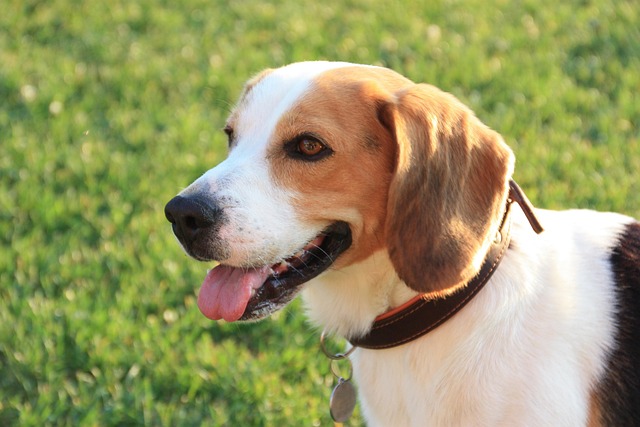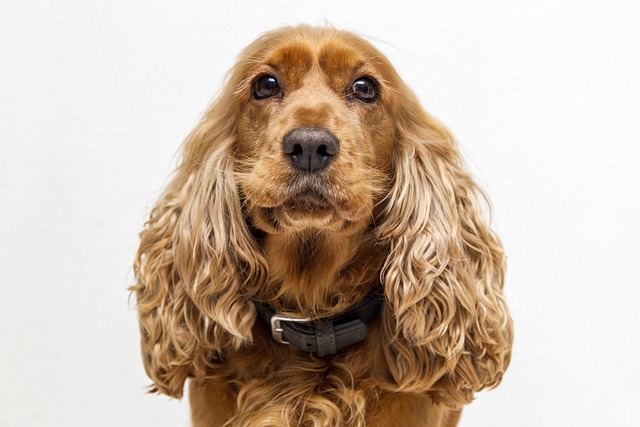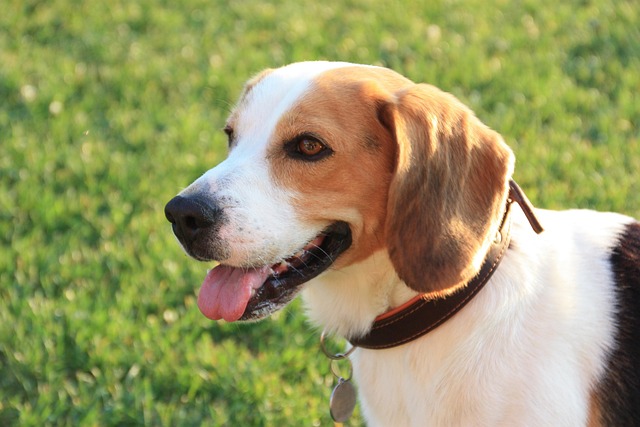
When will Samoyed have his teeth changed
When you look down at the Samoyed by your feet, it rubs your palm with its wet nose, revealing pink gums and tiny teeth.
When the dog that used to be gentle and cute, wagging its tail to greet you, suddenly bares sharp teeth, emits low growls, or even makes lunging bites, the shock and worry will instantly overwhelm you. Aggressive behavior in dogs is a problem many owners dread but must address. Behind every act of aggression lie inexpressible emotions and needs—perhaps fear, anxiety, or instinctive defense. Understanding common types of aggressive behavior in dogs allows us to decipher their "language," resolve crises with love and professional methods, and rebuild mutual trust.
Territorial aggression is one of the most common aggressive behaviors in dogs. In a dog’s perception, their home, favorite park corners, and even their food bowl or toys all belong to their "territory." When they perceive strangers or animals invading, they may drive away "intruders" through barking, growling, or even direct attacks, driven by protective instincts. Imagine a dog guarding its beloved bone—if someone approaches to take it, the dog will inevitably resist. This territorial instinct is particularly strong in guardian breeds like German Shepherds and Rottweilers. A Rottweiler once barked fiercely at the door and tried to ram it whenever a delivery person arrived—not because it was inherently vicious, but because it saw the home as territory to protect and strangers as threats. For territorially aggressive dogs, owners need scientific training to help them recognize safe "intrusions" and gradually lower their vigilance.
Resource guarding (food aggression) is also widespread. Food is vital to dogs—historically, food competition was a matter of survival in the wild. Even domesticated dogs retain this instinct: when eating, they may bare teeth, growl, or attack if owners or other animals approach. A rescued stray dog once refused anyone near it while eating, biting fiercely if someone reached out—scarred by food scarcity during its stray days, it had an intense possessive drive. Food aggression not only risks harming family members but also damages the bond with owners. To correct this, owners should conduct desensitization training from puppyhood: observe from a distance during meals, then gradually approach while offering treats, teaching the dog that the owner’s proximity means care, not theft.
Fear aggression is common in small breeds or dogs with traumatic experiences. When facing unfamiliar environments, loud noises, or larger animals, fear drives them to attack as self-protection. A stray Chihuahua once barked wildly and bared teeth at passersby, appearing fierce but actually masking fear. Some dogs also fear specific stimuli like thunder or vacuum cleaners, which may trigger aggression. For fear-aggressive dogs, owners must not force confrontations; instead, provide security and use gradual exposure to help them adapt to feared stimuli.
Maternal aggression is a unique behavior in nursing bitches. After giving birth, female dogs become highly sensitive and vigilant, guarding their puppies fiercely. Any approach to the litter may be perceived as a threat, triggering attacks. A owner was bitten by their normally gentle bitch while trying to check newborn puppies—not because the bitch didn’t recognize them, but because maternal instincts induced high alertness. During lactation, owners should minimize disturbances; if handling puppies is necessary, approach slowly when the bitch is familiar and trusting to avoid provoking maternal aggression.
Social aggression often occurs during interactions between dogs. Dogs lacking socialization training may fail to interact properly with peers, engaging in aggression over territory, status, or misunderstandings—for example, two dogs meeting for the first time may fight due to misinterpreted sniffing signals. Intact dogs in heat are also more irritable and aggressive. To address social aggression, owners should expose puppies to diverse peers from an early age to learn social rules and always use leashes outdoors to prevent conflicts.
Every dog with aggressive behavior is like a book waiting to be read. Unable to verbalize fear, anxiety, or protective instincts, they communicate through extreme means like aggression. As owners, we must analyze the causes behind these behaviors with professional knowledge and guide them with patience and love. When an aggressive dog becomes gentle again and coexists harmoniously with humans and other animals, we realize all efforts are building blocks for precious companionship, strengthening the emotional bond between us and our dogs.


When you look down at the Samoyed by your feet, it rubs your palm with its wet nose, revealing pink gums and tiny teeth.

When you gently stroke the fluffy, soft white fur of a Samoyed and feel the smoothness under your fingertips, it's like touching a warm cloud

The clear and bright eyes of dogs are an important window for establishing emotional connections with us. When this window is covered with haze, the owner is often distressed and anxious.

When the dog that used to be gentle and cute, wagging its tail to greet you, suddenly bares sharp teeth, emits low growls, or even makes lunging bites,

When you gently stroke a Schnauzer's fluffy head, its ears—like fairy wings—flick softly, as if whispering boundless joy. However,

As pet owners,we always want to give our dogs the best care,and deworming is an important part of daily care.The question of"whether to feed deworming medicine to dogs without parasites"involves health considerations and emotional care.